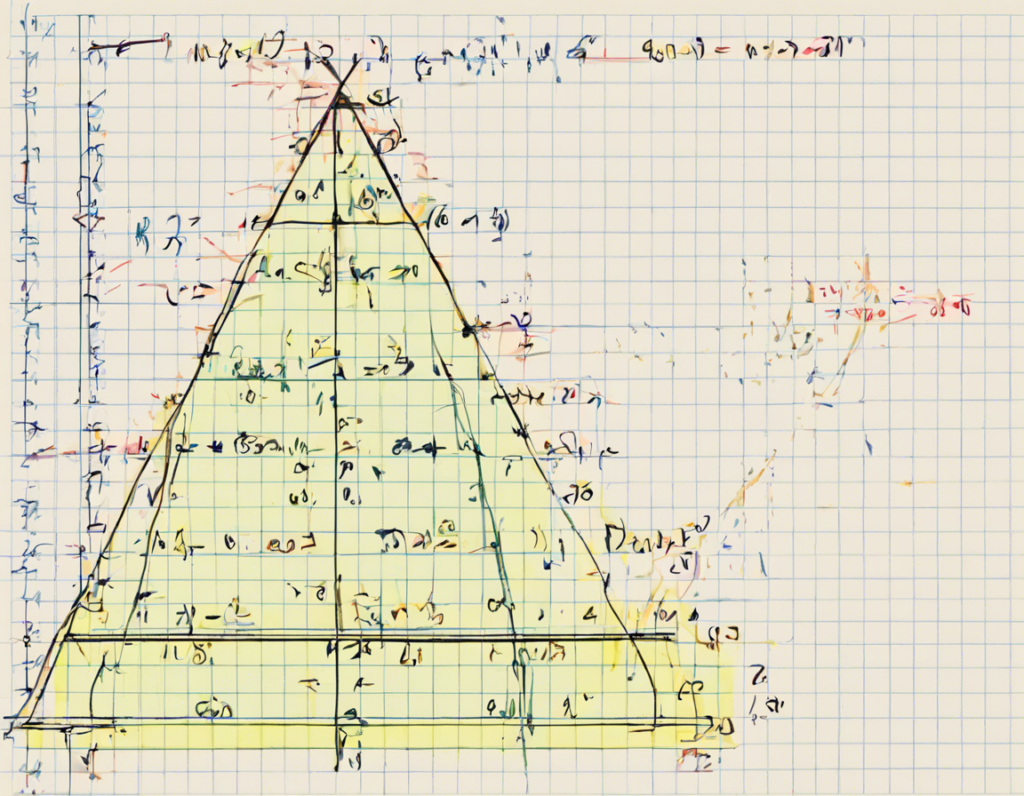Quadratic equations are a fundamental concept in algebra and mathematics that are widely used in various fields, including physics, engineering, and economics. When we talk about a quadratic equation, we are referring to an equation of the form ax^2 + bx + c = 0, where a, b, and c are constants, and x is the variable we are solving for. In this article, we will delve into the roots of a quadratic equation and explore how to find the solutions of the quadratic equation 9x^2 – 6x – 2 = 0.
Understanding Quadratic Equations
What is a Quadratic Equation?
A quadratic equation is a second-degree polynomial equation in a single variable of the form ax^2 + bx + c = 0, where a, b, and c are constants and a ≠ 0. The highest power of the variable x in a quadratic equation is 2.
Roots of a Quadratic Equation
The roots of a quadratic equation are the values of x that satisfy the equation, making it equal to zero. These roots are also known as the solutions or zeros of the quadratic equation. A quadratic equation can have two, one, or zero real roots based on the value of the discriminant (b^2 – 4ac).
Finding the Roots of a Quadratic Equation
The roots of a quadratic equation can be determined by using the quadratic formula:
x = (-b ± sqrt(b^2 – 4ac)) / 2a
Solving 9x^2 – 6x – 2 = 0
Given the quadratic equation 9x^2 – 6x – 2 = 0, we can identify the values of a, b, and c as follows:
– a = 9
– b = -6
– c = -2
Substitute these values into the quadratic formula to find the roots of the equation:
x = (-(-6) ± sqrt((-6)^2 – 4 * 9 * (-2))) / 2 * 9
x = (6 ± sqrt(36 + 72)) / 18
x = (6 ± sqrt(108)) / 18
x = (6 ± 3√3) / 18
x = (2 ± √3) / 6
Therefore, the roots of the quadratic equation 9x^2 – 6x – 2 = 0 are:
x = (2 + √3) / 6 and x = (2 – √3) / 6
FAQs about Quadratic Equations
1. What is the discriminant in a quadratic equation?
The discriminant in a quadratic equation is the expression b^2 – 4ac, which determines the nature of the roots. If the discriminant is positive, the equation has two distinct real roots; if it is zero, the equation has one real root; and if it is negative, the equation has two complex conjugate roots.
2. Can a quadratic equation have no real roots?
Yes, a quadratic equation can have no real roots if the discriminant is negative, leading to two complex conjugate roots that are not real numbers.
3. What is the role of the coefficient ‘a’ in a quadratic equation?
The coefficient ‘a’ in a quadratic equation affects the shape and direction of the parabola represented by the equation. It determines whether the parabola opens upwards (if a > 0) or downwards (if a < 0).
4. How are quadratic equations used in real-world applications?
Quadratic equations are commonly used to model various phenomena such as projectile motion, profit maximization in economics, and optimization problems in engineering and physics.
5. How can I check my solutions to a quadratic equation?
You can verify your solutions to a quadratic equation by substituting the values of x back into the original equation and confirming that it simplifies to zero. This ensures that the calculated roots are correct.
Understanding the roots of a quadratic equation is essential in mathematics and has practical applications in many fields. By mastering the principles behind quadratic equations, you can solve complex problems and analyze real-world scenarios with confidence.
